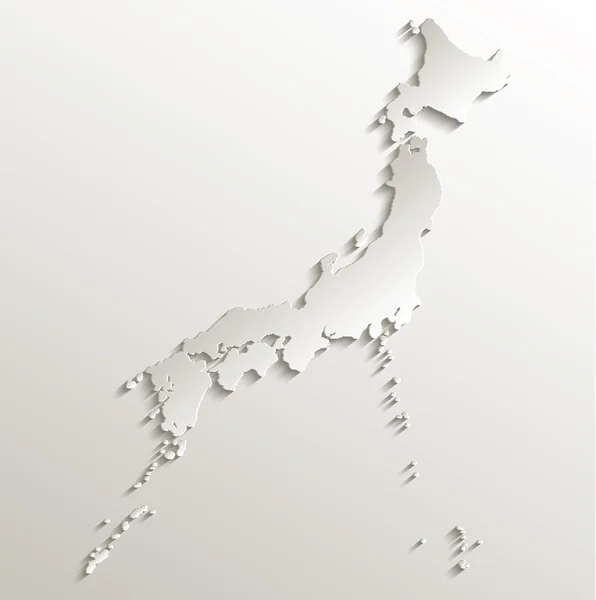


While the composition of land use plays a crucial role on water quality, this rudimentary measure assumes that each proportion imposes an equal influence 8. To discern the effects of land use on water quality, initial investigations frequently employed land use composition (i.e., the proportion of each land use category) as a predictor of stream condition (e.g. Although land use-water quality interactions have been extensively researched, a comprehension of such relationships remains a complex endeavor. The protection of freshwater resources and ecosystems requires an understanding of the impacts from the encompassing landscape. Riverine systems are amongst the most productive and biodiverse ecosystems 4, yet extreme anthropogenic pressure has threatened the essential goods and services provided by tributaries 5. It has been widely acknowledged that the ecological integrity of streams and rivers is intrinsically linked to the surrounding landscape 1-3.

Therefore, both metrics are recommended when examining land use-water quality relationships in small, submontane catchments and should be applied according to individual water quality parameter. Results indicate that stream proximity, measured with Euclidean distance, in combination with slope or log-transformed flow accumulation were dominant factors affecting the concentrations of pH, total phosphorus, nitrite and orthophosphate phosphorus, whereas the unweighted land use composition was the most effective predictor of calcium, electrical conductivity, nitrates and total suspended solids.

the predictive ability of metrics was evaluated for eleven water quality parameters using linear regression. In this work, multiple landscape composition metrics were applied within headwater catchments of central europe to investigate how weighting land use with certain combinations of spatial and topographic variables, while implementing alternate distance measures and functions, can influence predictions of water quality. Weighting schemes for land use have recently been employed as methods to advance the predictive power of empirical models, however, their performance has seldom been explored for various water quality parameters. Understanding land use-water quality interactions is essential for the development and prioritization of management strategies and, thus, the improvement of water quality. Land use is a predominant threat to the ecological integrity of streams and rivers.


 0 kommentar(er)
0 kommentar(er)
